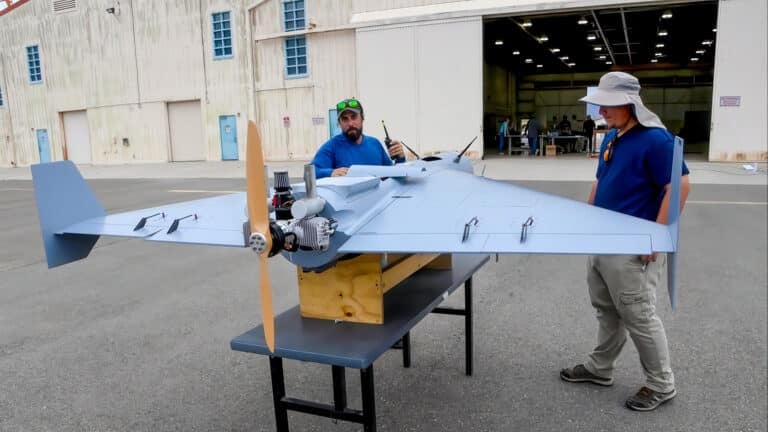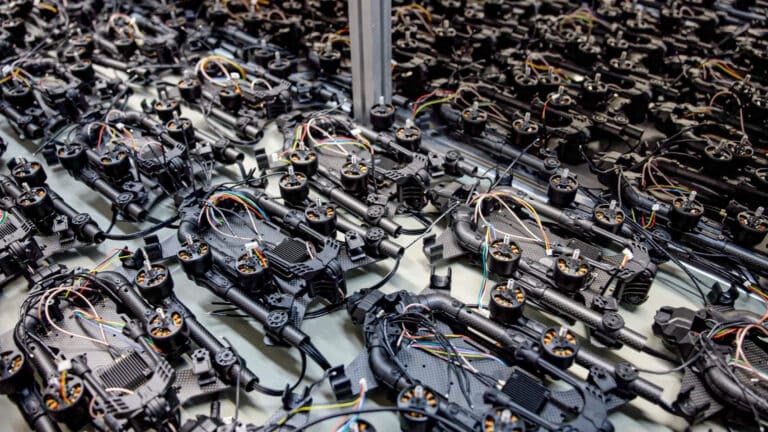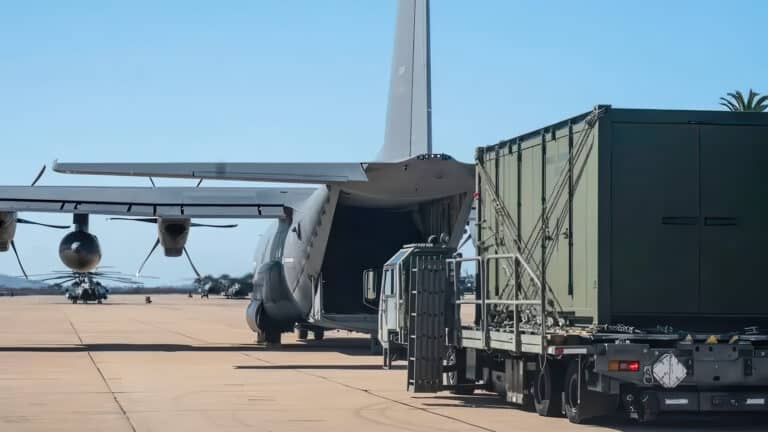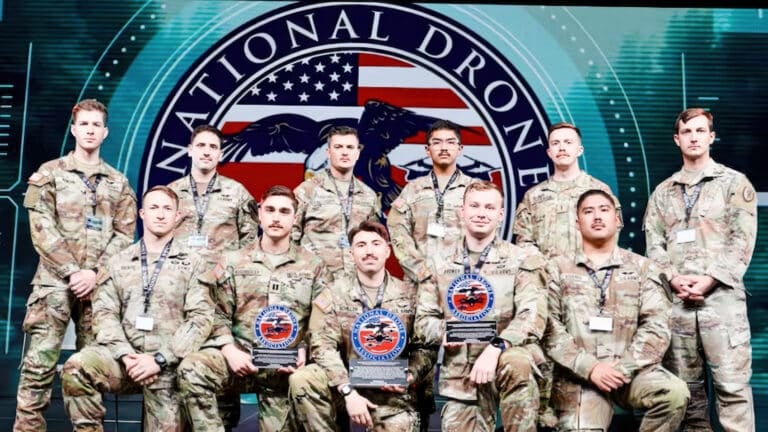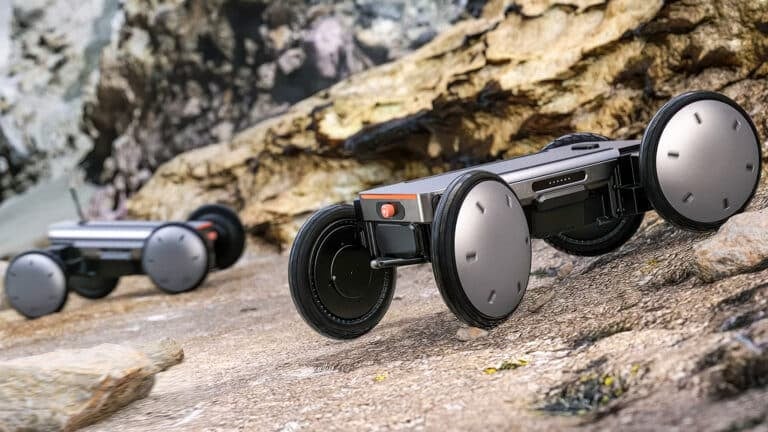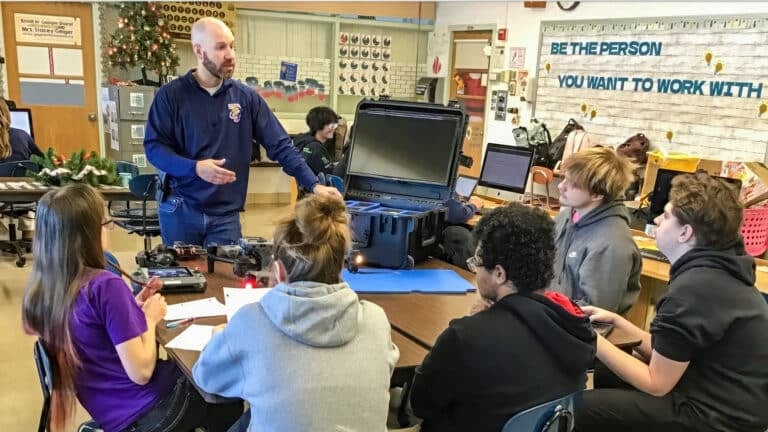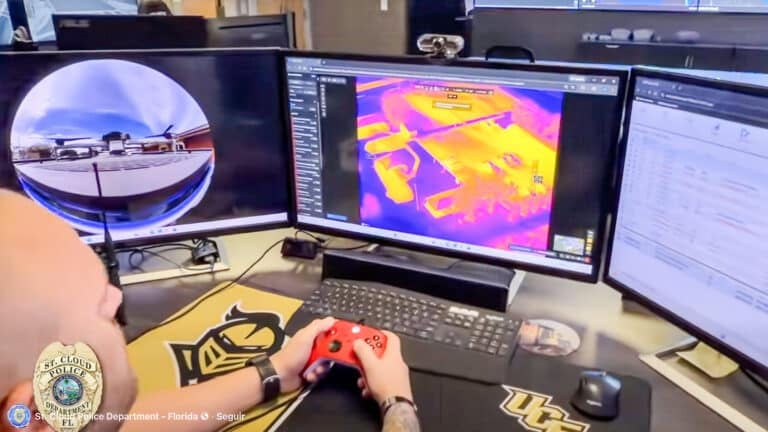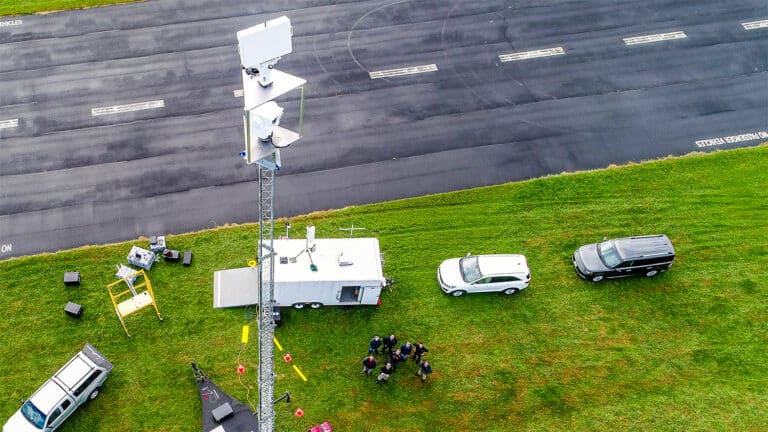FAA’s MOSAIC Rule Finalized: Revolutionizing Light-Sport Aviation with No Weight Limits

Buckle up, pilots: The FAA just ditched outdated rules, opening skies to advanced light-sport aircraft – including potential eVTOL game-changers.
U.S. Transportation Secretary Sean P. Duffy announced a new FAA rule at the EAA AirVenture in Oshkosh, Wisconsin, that eliminates outdated regulations hindering innovation and safety in recreational Light Sport aviation. This development expands the Light-Sport Aircraft (LSA) category, enabling manufacturers to incorporate advanced designs and pilots to access more versatile options.
Expanded Capabilities for Light-Sport Aircraft
The Modernization of Special Airworthiness Certification (MOSAIC) final rule transforms the LSA framework by removing the weight limit. Manufacturers can now incorporate advanced safety mechanisms without being tethered to a strict mass figure. The standards now permit designs that reach greater speeds, offer seating for up to four occupants, and include retractable landing gear. Consequently, engineers can integrate emerging powertrains and the latest avionics without compromise, driving forward innovation across the entire market.
FAA Administrator Bryan Bedford emphasized the rule’s intent. “This landmark rule aims to increase the availability of safe, modern, and affordable aircraft for recreational aviation, flight training, and certain aerial work,” he said. “It enables industry to meet the growing demand for more versatile aircraft with higher performance capabilities while maintaining high standards of safety.”
These changes build on the LSA category’s established safety record since its creation in 2004. The FAA evaluated over 1,300 public comments on the proposed rule from July 2023, incorporating adjustments like higher stall speeds for LSAs and Sport Pilots, along with voluntary compliance to noise standards.
Benefits for Sport Pilots and Aerial Operations
Sport Pilots stand to gain significantly from the expanded privileges. The rule permits them to operate a wider array of aircraft, making certification more accessible than traditional private pilot licenses. This eases entry for aspiring pilots and supports flight training.
U.S. Representative Sam Graves (R-MO), Chairman of the House Transportation and Infrastructure Committee, highlighted the advocacy behind this change.
“For over a decade, pilots around the country, including myself, have been advocating for MOSAIC to become a reality. This is a huge win that will fundamentally transform general aviation. It will ensure light sport aircraft are more versatile and accessible, foster innovation in the light sport aircraft category, and make it easier for more people to become pilots. That’s why I included a requirement in the FAA Reauthorization Act of 2024 for the FAA to issue this final rule.
I want to thank Secretary Duffy and Deputy Administrator Rocheleau for carrying out this requirement so promptly. I commend them for their commitment to improving our aviation system – from modernizing the air traffic control system and boosting the hiring of air traffic controllers, to moving forward with actions that are critical to general aviation in America,” he stated.
The rule also opens LSAs to aerial work, including infrastructure inspections, forest surveillance, photography, filming, and agricultural monitoring. Such applications enhance operational efficiencies for recreational and professional users alike.
Implications for Aviation Innovation and Safety
Secretary Duffy captured the rule’s spirit during the announcement.
“I can’t think of a better place than at the largest general aviation airshow in the U.S. to announce that we’re unleashing American ingenuity. This new rule will promote better designs, safer materials, and upgraded technology in the recreational aviation sector,” he said. “Our recreational pilots and plane manufacturers have correctly noted outdated regulations were inhibiting innovation and safety. No more. Let’s bring this industry into a new age!”
The regulatory update expands light-sport aircraft parameters and pilot qualifications, clearing the path for a wider range of aircraft and the people who can fly them.
More models and configurations on the market should drive down costs, streamline entry for first-timers, and sustain sector momentum. LSAs include not only fixed-wing planes but also gliders, powered parachutes, trikes, rotorcraft, and lighter-than-air types. Safety remains the hallmark, anchored in the category’s long record.
Changes for Sport Pilots and light-sport repairmen take effect 90 days after today’s publication; the broader LSA certification adjustments roll out in a year. This staggered schedule lets manufacturers and instructors make sensible, gradual adjustments.
Collectively, the MOSAIC rule represents steady progress for the recreational aviation community. It couples technological freedom with the guardian principle of safety, opening wider entry lanes for passionate flying. For recreational pilots, the rule expands models and missions that fit the evolving general aviation landscape.
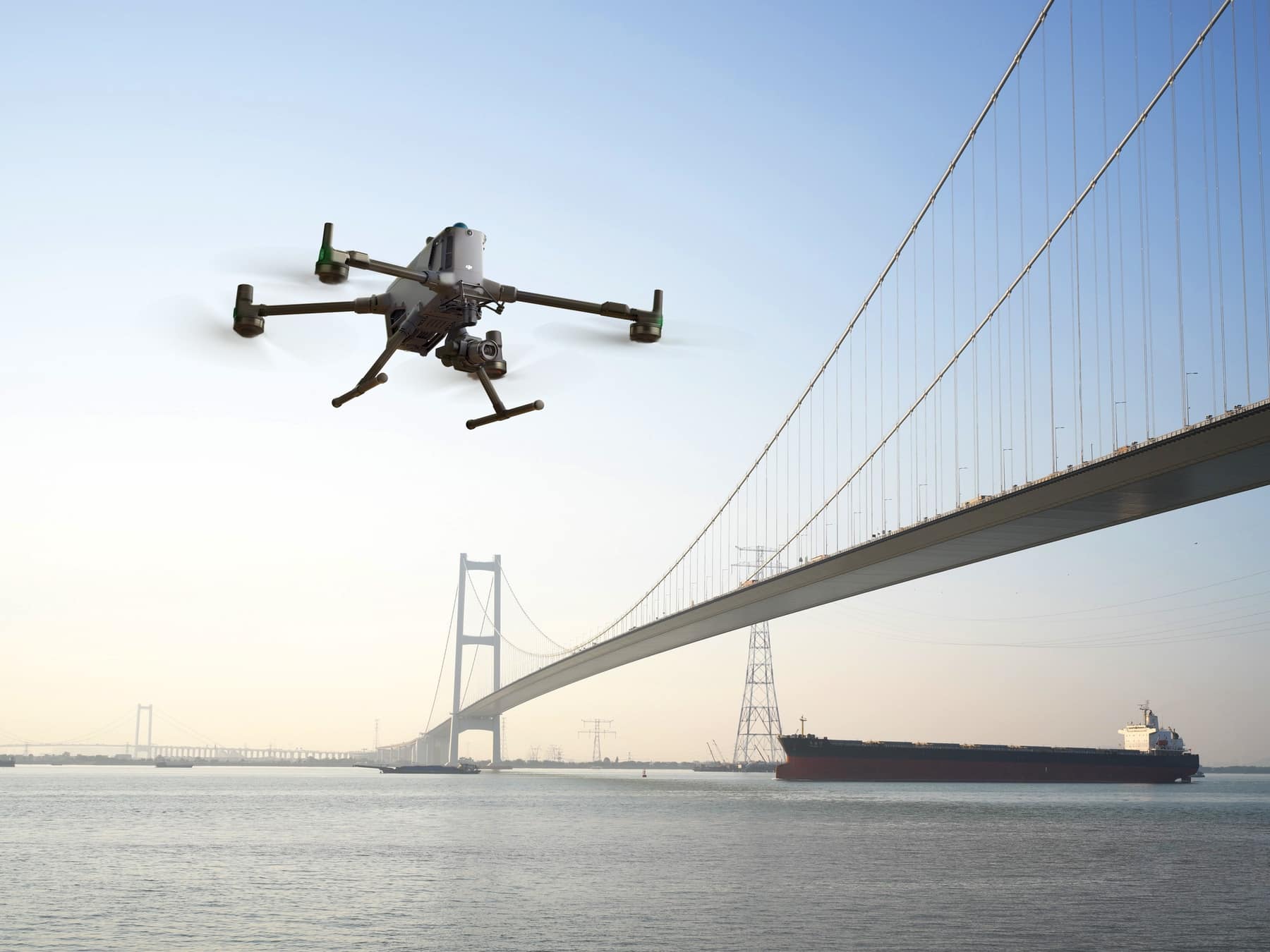
What does this mean for Drones and Drone Pilots?
While the MOSAIC rule primarily targets manned Light-Sport Aircraft, it holds indirect promise for the drone community. Drones operate under distinct FAA regulations like Part 107, so pilots face no immediate changes in certification, operations, or equipment requirements.
However, the shift to performance-based standards—ditching rigid weight limits for flexible, risk-assessed criteria—could inspire similar reforms in unmanned aircraft systems (UAS). This approach might ease innovation barriers for drones, such as heavier payloads or autonomous features, as seen in ongoing discussions around Beyond Visual Line of Sight (BVLOS) rules.
Additionally, by enabling aerial work like inspections and surveillance with LSAs, the rule introduces competition for drone operators in these niches, potentially pushing the industry toward hybrid solutions where manned and unmanned tech collaborate.
Looking ahead, MOSAIC fosters ties between standards groups, with the FAA suggesting ASTM’s F37 committee on Light-Sport Aircraft could share insights with F38 on Unmanned Aircraft. This cross-pollination might accelerate advancements in electric propulsion and simplified controls, blurring lines with eVTOLs—vehicles that echo large drones but carry passengers.
For drone pilots, this signals a broader aviation evolution, raising questions about faster regulatory updates for UAS. Ultimately, while unchanged today, the drone sector stands to benefit from this momentum toward safer, more versatile skies.
Discover more from DroneXL.co
Subscribe to get the latest posts sent to your email.
Check out our Classic Line of T-Shirts, Polos, Hoodies and more in our new store today!

MAKE YOUR VOICE HEARD
Proposed legislation threatens your ability to use drones for fun, work, and safety. The Drone Advocacy Alliance is fighting to ensure your voice is heard in these critical policy discussions.Join us and tell your elected officials to protect your right to fly.
Get your Part 107 Certificate
Pass the Part 107 test and take to the skies with the Pilot Institute. We have helped thousands of people become airplane and commercial drone pilots. Our courses are designed by industry experts to help you pass FAA tests and achieve your dreams.

Copyright © DroneXL.co 2025. All rights reserved. The content, images, and intellectual property on this website are protected by copyright law. Reproduction or distribution of any material without prior written permission from DroneXL.co is strictly prohibited. For permissions and inquiries, please contact us first. DroneXL.co is a proud partner of the Drone Advocacy Alliance. Be sure to check out DroneXL's sister site, EVXL.co, for all the latest news on electric vehicles.
FTC: DroneXL.co is an Amazon Associate and uses affiliate links that can generate income from qualifying purchases. We do not sell, share, rent out, or spam your email.





